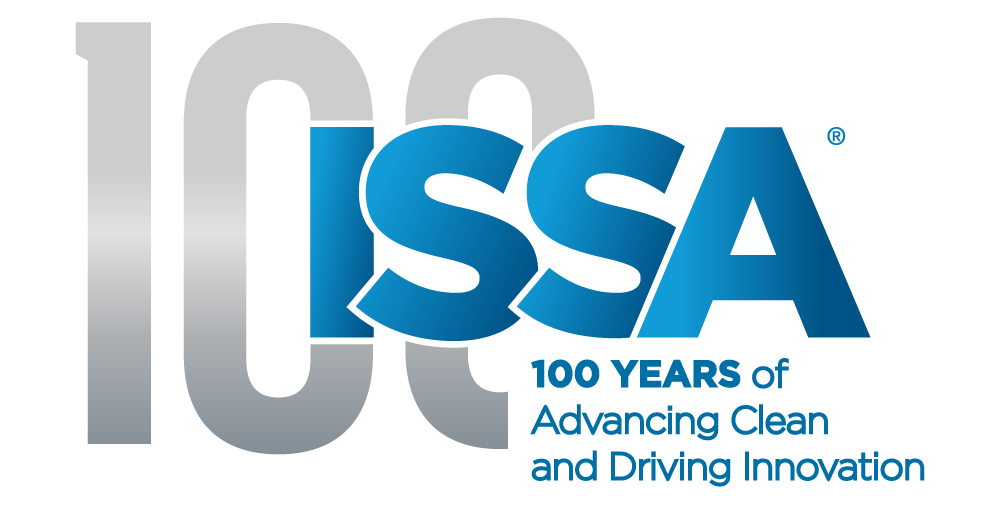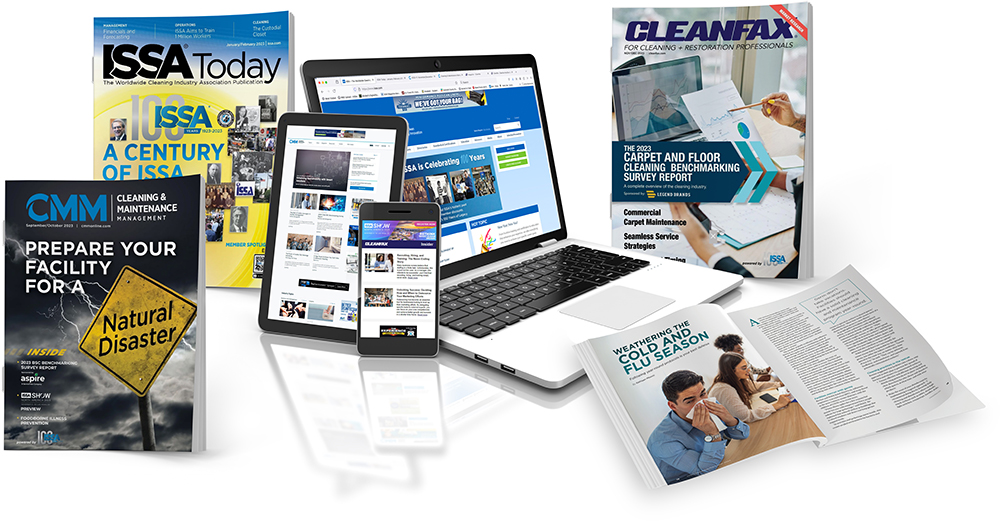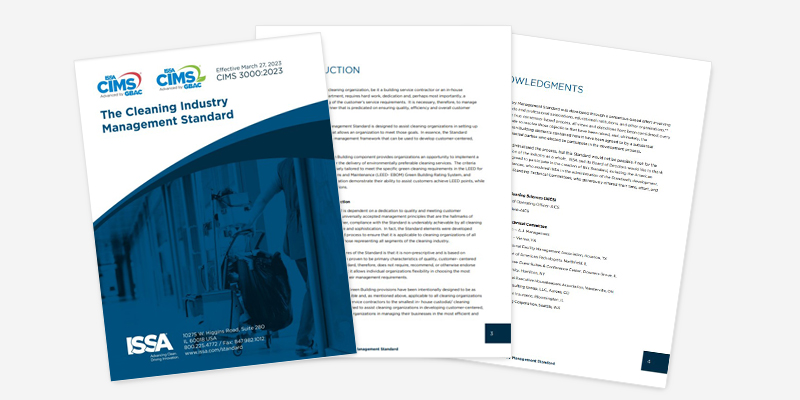Do You Know the Value of Training?

During times of change, many people are filled with thoughts of unease. Instead, my response is to look at a change and find the opportunity that arose from its complexities and uncertainty. The refreshing thing about change is that it reveals the gaps organizations have in their professional development plans. Although many individuals immediately think about the costs associated with training, I do not. I like to dive into the profitability that comes with training and certifying individuals within the company.
Formalized training has been around since the early 1900s. While it is hard to determine precisely when training became mainstream, some of the most formalized training dates back to when the U.S. military first recognized that success starts with basic training. The U.S. military spends a lot of time, money, and resources on its recruits. Though we do not know its exact cost of training, we do know some averages from the corporate world. Organizations invest an estimated 3%–5% of salary costs in training.
According to Training magazine’s 2019 Training Industry Report, companies spent an average of US$1,286 per trainee for the year, with employees receiving 42.1 hours of training annually. Of the organizations surveyed, 88% said they either increased their training budget or kept it the same. Why are so many organizations spending money on training yet viewing it solely as a necessary evil? The reality is that training can save on operational expenses and can even drive unexpected new revenue.
How can you leverage 3%–5% of your salary costs on training as a building service contractor (BSC)? The answer is straightforward: Position yourself as having the absolute best roster of employees compared to your competition.
How many companies can offer every single client a professional who is certified by a third-party organization? Leveraging independent organizations for your certification is a powerful way to validate your claim. Often, we focus on an organization’s merits at the company level, such as its work in the community, “best place to work” awards, and company-level certifications. These are great items to bring up during the sales pitch, but there is more value in highlighting your employees. And rather than focusing on your employees’ total time invested in the industry, showcase their accolades and credentials that put them above the rest.
If there is one thing the pandemic this past year has uncovered, it is that facilities want to hire service contractors who can prove their teams can perform, demonstrated by their designations and certifications. Consumers within the facilities want to see credentials, such as Cleaning Industry Management Standard (CIMS) certified firms or Cleaning Management Institute (CMI) certified professionals, in the building or identified on an employee badge. Although your initial focus may be on winning a new contract, it is the training your team receives that will win new and retain current business.
Have you ever wondered how much money it costs to retain a client? Do you track why new customers hire you rather than your competitors to provide cleaning services? Data will tell a story once you set the correct key performance indicators (KPIs). Some metrics used to calculate retention costs include the following:
- Customer growth rate and value over the lifespan of the contract.
- Repeat service purchased, such as annual restorative floor maintenance, above and beyond the original agreement.
- Internal investments in company culture, training, and resources that reinforce customer service.
- Investments in customer experiences, such as gifts around the holidays and marketing campaigns.
From an operational standpoint, companies that invest in training will begin to see efficiencies quickly. According to an important study performed in the late 1990s by the American Society for Training & Development, now the Association for Talent Development (ATD), organizations that invested $1,595 per employee in training experienced a 24% higher gross profit margin. There is a direct correlation between increased efficiencies and empowering your employees to make decisions that can increase the profit margin.
Many industry experts have stated that the cleaning industry has a turnover rate of 200% or more. This rate may appear scary to many organizations, but the opportunity to lower it to a more acceptable level is exciting. Many employees name professional development in their top-five things to look for in a company. If employees feel that they are not able to grow within a company or that they will not receive the resources they need to perform, they will jump to the next available opportunity with another company.
If we invest $1,500 in training per employee and, by doing so, lower our turnover rate, we win. The cost to recruit new employees in the cleaning industry has exceeded the national average of $4,000 per person. Investing $1,500 to retain employees means saving $2,500 on the bottom line toward recruitment expenses. Amplify this by 20 employees who continue their employment at your company because you are investing in their development, and you have now saved $50,000. What does your data show? Are you tracking your recruitment costs versus your training costs?
Further, if we consider the damage that happens within the built environment due to employees lacking the skills needed to perform the work—skills that are proven through certification—we can show extraordinary savings once employees are trained. Many organizations do not track the data points required to determine if training is profitable. Rather, they often collect data related to other expenses, such as asset damage.
The average property damage claim range varies, but most organizations use a mark of $30,000 per insurance claim. Tracking the amount spent dealing with damage caused by an untrained workforce is eye-opening. These expenses can be as minor as replacing a baseboard or as significant as replacing broken fixtures or damaged flooring. Some organizations have this expense under a maintenance budget, and you may need to collaborate with different departments to find accurate numbers. If you can reduce your asset damage by a single claim, your return on investment (ROI) could be significant to the operational budget. The first question to ask is: Are you tracking the data.
As you track the data points, trends will reveal themselves over time, but first things first—start tracking the data now. Set up a team to collaborate with, as this task will pull information from multiple sources, including human resources, maintenance, and accounting. Review records and trends every quarter with a breakdown of data points monthly. This will help you streamline your analysis and identify your ROI of training, putting the actual value of training into perspective.
Listen to your data, and you will see the benefits of training.



















